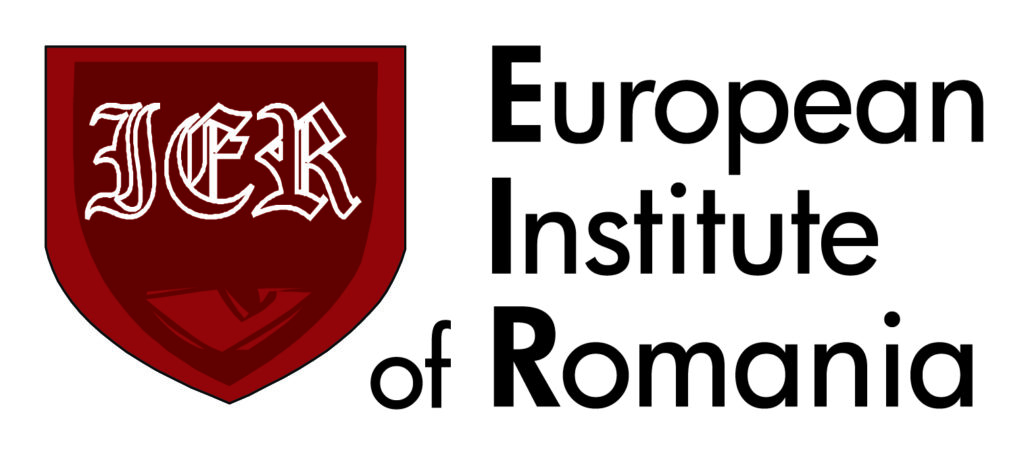It is becoming increasingly difficult to ignore the fact that we have entered another “Cold War” era. The topic of moving nuclear weaponry from Germany to Poland – in this particular case bombs B61 – has started a new dispute about the very need of possessing nuclear armament. It has also blown hot and cold over the Polish role as an ally of the U.S. and the largest member state of NATO on its Eastern flank. Yet there is a grain of truth to the idea that moving nuclear bombs to Poland could escalate tensions with Russia.
Does history come full circle?
The most noticeable form of keeping a nuclear weapon in such an unstable region like Central and Eastern Europe was the plan offered by the Polish Foreign Minister Adam Rapacki in 1958. Initially, the idea was to create an area free of nuclear weapons. According to the plan, nuclear weaponry would not have been deployed in Poland, Czechoslovakia, West Germany, and East Germany. Although other European countries were meant to follow such provisions, the conflict between Washington and Moscow impeded the whole process. Despite this hindrance, Rapacki’s plan served as a model that initiated establishing nuclear-weapon-free-zones, 5 of which were created[1]. Additionally, for more than 45 years there has been a longstanding discussion about creating the Middle East Nuclear-Weapon-Free-Zone, however, there is a lack of agreement between countries in the region.
There have never been strong calls to have a nuclear armament in Poland, though in the late ’70s the Soviets stored their nuclear weapons on the Polish territory. All rumors about Poland having its own nuclear stockpile that surfaced after the dissolution of the Soviet Union, were easily mitigated, and the country has been focusing on economic growth rather than another competition with Russia. Nevertheless, the position of Poland has been continuously enhancing. Suffice to say that Poland actively participates in NATO’s international missions and extensively cooperates with the U.S., letting for American military bases to be built on its territory, conducting training exercises with the American soldiers, as well as hosting them in Poland on a permanent basis. Also, it must be stressed that Poland is the main ally of the USA in Europe and its “eastern window”. In other words, it is highly possible that the cooperation could be strengthened if both sides find a common goal. Needs and challenges are changing, and every state has its own perspective which is unquestionably different from those from half a century ago. It is highly probable that soon the U.S. may ask Poland for help.
Possessed arsenal
There are five nuclear-weapon states (NWS)[2]: China, Russia, France, the United Kingdom, and the United States, as well as four additional countries who are in possession of nuclear weapons but are not labeled as NWS: India, Pakistan, Israel, and North Korea. Over 90% of the world’s nuclear armament belongs to the USA and Russia. While signing the Strategic Arms Reduction Treaty at the beginning of 2010 offered a chance to restart positive disarmament relations between the two superpowers, there is currently no discussion about extending the treaty which expires in 2021. Furthermore, based on research conducted by SIPRI, the modernization of nuclear forces continues and has become increasingly visible since 2018. However, there is a lack of exchange of information between states on research, tests, innovation, and new weapons capabilities.
Nuclear stockpiles per country
*As for January 2019
| State | Deployed Warheads | Other warheads | Total |
| Russian Federation | 1,600 | 4,900 | 6,500 |
| United States | 1,750 | 4,435 | 6,185 |
| France | 280 | 20 | 300 |
| China | 290 | 290 | |
| United Kingdom | 120 | 80 | 200 |
| Pakistan | 150-160 | 150-160 | |
| India | 130-140 | 130-140 | |
| Israel | 80-90 | 80-90 | |
| North Korea | — | — | (20-30) |
| Total | 3,750 | 10,115 | 13,865 |
Source: SIPRI Yearbook 2019
The rivalry has gotten more competitive as the possession of nuclear weapons continues to appear to be a guarantor of superpower status. It is not surprising that some countries feel insecure. This situation provokes a decision between supporting/accepting the “nuclearization of the world” or completely dissociating oneself from being a part of this jeopardizing process, which cannot guarantee that it will “maintain stabilization”. The number of nuclear warheads should have decreased after the Second World War – what happened for a short period of time – but recent tests and developments to transform and convert nuclear warheads have heightened the need for redefining the current security status all over the world. And this is what Germany has been doing – it no longer wants to be a part of NATO’s nuclear sharing policy, along with Belgium, Italy, The Netherlands, and Turkey. At this point, it would be prudent to suggest a possible movement of nuclear weapons from Germany to Poland.
Poland as a nuclear weapon keeper
When the U.S. Ambassador in Warsaw, Georgette Mosbacher, proposed to relocate the nuclear weapons to Poland, dozens of people outbid one another about what should be done and what is the best possible solution. The question of whether to relocate, destroy, or forget about the problem, as it is always done, must be perceived – in my opinion – as an opportunity. There is no pressure to make the decision today or tomorrow. The whole concept must be vigorously debated by all NATO countries, and then Poland can consider future risks and obstacles, which, for sure, will appear.

The risk of a conflict with Russia is always an issue for all NATO countries. Any further (and stronger) movement towards Russia is always a risk and most heads of states – as an example we could take the representatives of the Normandy Format – are aware of the tension between the West and the East. However, the Russian dominant policy towards the post-Soviet states should not be surprising. We could see it recently in Georgia, Moldova, and Ukraine, as well as when Moscow decided to deploy Iskander-M ballistic missiles in Kaliningrad. Those dynamic changes are becoming especially important for Poland. A rather rapid transition from being one of the communist countries under the Soviet rule to playing the role of an important actor in the region causes a need to continue the path as an independent state closely allied with the U.S.
Big stormy sea
The possibility to house some of the American nuclear bombs is a chance to build military potential. At the same time, developing offensive rather than defensive capabilities suggests that Poland’s participation in any nuclear exchange could be highly possible. In other words, it could be another step to disturb peace in the region. On the one hand, there is the NATO alliance, but on the other hand, however, Warsaw’s acceptance of Washington’s offer can bring about the next conflict with Russia. It can result in Russia’s further occupation of parts of Ukraine or some kind of a provocation on the border between Poland and the Kaliningrad Oblast.
The famous Latin sentence, “Si vis pacem, para bellum”[3], should not be used as a reference to this situation because no state seriously considers any engagement in a nuclear war. In the current and difficult period, we should rather follow this quote: “Sic utere tuo ut alienum non laedas”[4], and it shall serve as the best strategy not only for Poland but the whole world. Should the offer from the U.S. come, Poland must consider it and choose what is best for its security and safety of its citizens.
Sources:
- Arms Control Association, Nuclear-Weapon-Free Zones (NWFZ) At a Glance, July 2017.
- S. Duarte, Unmet Promise: The Challenges Awaiting the 2020 NPT Review Conference, Published on Arms Control Association, November 2018.
- United Nations Office for Disarmament Affairs, Fact sheet – Treaty on the non-proliferation of nuclear weapons, January 2020.
- Organization for the prohibition of chemical weapons, The Chemical Weapons Convention: A Synopsis of the Text, November 2017.
- SIPRI, Modernization of world nuclear forces continues despite overall decrease in number of warheads: New SIPRI Yearbook out now, 17 January 2019.
- S. Pifer, US nukes in Poland are a truly bad idea, Published on brookings.edu, 18 May 2020,
[1] The regions currently covered under NWFZ agreements include: Latin America (the 1967 Treaty of Tlatelolco), the South Pacific (the 1985 Treaty of Rarotonga), Southeast Asia (the 1995Treaty of Bangkok) Africa (the 1996 Treaty of Pelindaba) and Central Asia (the 2006 Treaty of Semipalatinsk).
[2] Treaty on the Non-Proliferation of Nuclear Weapons signatories, signed on the 1st July 1968, Article IX: The Treaty defines nuclear weapon states (NWS) as those that had manufactured and detonated a nuclear explosive device prior to 1 January 1967. All the other states are therefore considered non-nuclear weapon states (NNWS).
[3] If you want peace, prepare for war.
[4] Use your own property in such a manner as not to injure that of another.






























Comments are closed.